If you are an Asian or are interested in Asian food and cuisine, you must be acquainted with the famous “Kitchen Queen,” the golden spice – Turmeric, or scientifically known as Curcuma Longa. It has a bright yellow color and is mostly known as ‘Indian Saffron’ and natively known as Haldi.
In the last two decades, modern pharmaceutical science has researched the miraculous herb from Zingiberaceae’s family. With every passing day, new pharmacological effects of this herb are emerging, and it won’t be an exaggeration to call it a complete body tonic.
About 100 different compounds have been isolated from turmeric. The major components are the volatile oils (cineol, borneol, zingiberene, and sesquiterpenes), which constitute 6% of its composition. The colorant agents are called curcuminoids, that form 5% of the value of turmeric.
Curcuminoids further consist of curcumin and dihydro curcumin, and the medicinal supremacy of turmeric is based on these chief compounds.
Health Benefits of Turmeric
Let’s explore the conditions in which turmeric consumption can do wonders for our body, as proven by modern studies.
1. Has Anti-Cancer Effects
There has been enormous research on the anti-cancer effects of turmeric in the past decade. The study didn’t go futile, and this magical substance did wonders alone and in combination with other anti-neoplastic substances.
It has excellent potential for treating different cancers, including cancers of breast, prostate, lungs, GIT, and even leukemia. The best part about turmeric is that it obstructs the cancer proliferation through many different pathways due to which the probability of resistance to this compound is much lower.
Unfortunately, its tremendous oncological benefits are impeded by its lower solubility and bioavailability in direct chemotherapy blood. Prolific research is being carried out to overcome these barriers by synthesizing more absorbable analogs and modified administrations’ routes.
In a study, subjects were given 8g/day of curcumin, and no curcumin toxicity was observed. The noticeable point is that issues included patients with intestinal metaplasia. It somewhat proves the low toxicity and extended applicability of this versatile compound.
Generally, 3.6 – 4g/day is considered the most optimum and harmless dose for the body.
Also read: Ginger: Health Benefits, Nutritional Components, And Risk Factors
2. Maintains Hormonal Balance
Hormonal imbalance or dysfunction is something more than irregular menstruation or sexual dysfunction. People need to watch their hormones at every stage of life to balance them. Either it is weight maintenance, depression, or sleep disorders, hormones affect almost every part of our body.
Effective in Dysmenorrhea
Medical science suggests treatment of the hormonal malfunctions by natural medicines or dietary supplementations.
Lately, studies have indicated that the combination of turmeric and mefenamic acid dramatically alleviated primary dysmenorrhea compared to the group of patients who were administered mefenamic acid alone.
3. Useful for Obstetrics
Besides, there has been proven benefit of turmeric on pituitary-gonadal hormones, the fertility of males and females, and the sperm count in males.
A study demonstrated that curcumin administration for 12 weeks to women with PCOS had beneficial effects on body weight, glycemic control, and serum lipids.
4. Useful for Anxiety and Brain Problems
Turmeric has also added value to the life of curry lovers through its anti-anxiety properties. Studies prove turmeric’s effects on Alzheimer’s disease, Parkinson’s disease, anxiety, and Post-traumatic stress disorder.
Scientists are comparing it with fluoxetine for its overwhelming anti-anxiety properties. Experiments performed on rats have validated the anti-anxiety effects of curcumin.
Turmeric has been observed to carry the properties of diminishing the bad memories from the brain, thus, being effective in PTSD. These effects have been observed in humans, but the mechanism behind them is not yet proven.
Some studies suggest the involvement of its anti-inflammatory effects in this connection. Some studies elaborate on the impact of turmeric on serotonin and dopamine release, resulting in diminished anxiety levels.
5. Useful for Flu and Viral Infestations
Using turmeric for flu in different forms has been a tradition, and the Monoacetyle curcumin (MAC) is one of the derivatives of curcumin. Studies show that MAC, along with curcumin, possesses a great deal of antiviral activity that strongly impedes influenza virus infection progression.
Studies also indicate that by treating the influenza virus cultures with 30 micromoles of curcumin dramatically reduced the influenza virus yield to more than 90%. It was observed that curcumin mainly affected the surface interaction of the virus with cells.
Besides its direct antiviral activity, its anti-inflammatory activity works against the lungs’ inflammation that has been worsened by the influenza virus, thus healing the flu symptoms more effectively.
Unlike amantadine and other antiviral agents, the virus can’t build resistance against turmeric that spices up its benefits to a much greater degree.
Curcumin carries proven immunomodulatory activity. Thus, the consumption of turmeric regularly ultimately prevents the onset of flu and flu-like symptoms.
6. Aids in Inflammation Reduction and Wound Healing

In Asian families, whenever someone encounters an accident or any other wound, turmeric is advised to be consumed internally and externally.
Turmeric paste with the slaked lime is considered to be an excellent remedy for external inflammations and wounds. Now we can see medical science, proving the miracles of this spice.
How does it work?
Being anti-inflammatory is the most classic pharmacological action of turmeric, which became its identity. Evidence shows that curcumin acts to inhibit several inflammatory regulators and directly scavenges free radicals.
It regulates various cytokines and chemokines and interferes with several inflammatory signaling pathways and stimulators.
Research suggests these properties make turmeric stand parallel to non-steroidal anti-inflammatory agents to treat conditions like bursitis, arthritis, dermatitis, etc.
It can be used not only to treat the skin infections but also to beautify the skin giving it an extra glow and healthy look.
In ancient times, Ayurveda was the name of turmeric. It has been given about 53 different names, and according to a study, one of them was varavarnini, which means ‘something that gives fair complexion”.
7. Improves Cardiovascular Health
Cardiovascular diseases are one of the leading causes of death worldwide, and it’s not limited to a single condition. Turmeric also helps in polypharmacy that patients suffer from obesity, cardiac disorders, dyslipidemia, and diabetes.
As mentioned before, turmeric carries the anti-inflammatory potential. It reduces oxidative and free radical stress and helps the body fight the conditions involving inflammatory pathways.
In ancient Ayurveda and Sanskrit, it has been given the name mehagni, which means ‘killer of fat.’ The regulatory effects of curcumin on lipid profile reduce and high cholesterol and triglycerides, limiting atherosclerosis and endothelial dysfunction.
Curcumin can reduce the blood glucose level to some extent, which helps to boost insulin levels.
8. Benefits of Turmeric with Black Pepper
Turmeric and black pepper may be a common combination of Indian food, but only a few people are aware of the research benefits of the duo.
Despite all the benefits and research, the most common hindrance in harnessing curcumin’s medicinal values is reduced bioavailability and absorption.
The good news is that it can be improved to a much greater degree if co-administered with piperine (a principal constituent of black pepper) by regulating its metabolism.
A study illustrated that, when 2g of curcumin was administered alone, its concentration was barely detected in the bloodstream after 4 hours. Still, the concomitant administration of 20mg of piperine became bioavailable within considerable attention of 0.25 to 1 hour.
Nutritional Components of Turmeric
If we just look into its nutritional composition, a 100 g of turmeric contains 69.9 g of total carbohydrates, 21 g dietary fiber, 3 g sugars, and 8 g protein. The vitamins and minerals in turmeric are 0.2 g calcium, 10 mg sodium,2500 mg potassium, 0.26 g phosphorous, 0.9 mg thiamine, 0.19 mg riboflavin, 4.8 mg niacin, 50 mg ascorbic acid, and 47.5 mg iron.
Also read: Papaya Fruit: Health Benefits and Nutritional Components
In a Nutshell
Turmeric has a wide range of benefits ranging from skin to health of body organs. It has several chemicals and substances that make it an essential and fruitful component in Asian cuisine.
Some people may have allergic reactions to turmeric due to any of its components, so do consult your medical doctor to check for allergies.
Keep visiting Health Archives for news and updates.
Follow us on Facebook, Twitter, and Instagram.

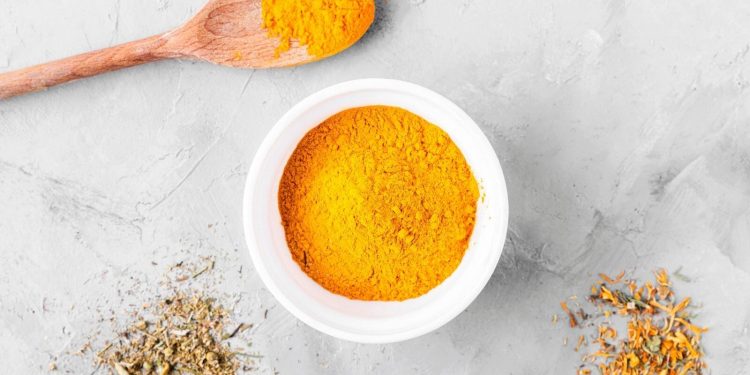
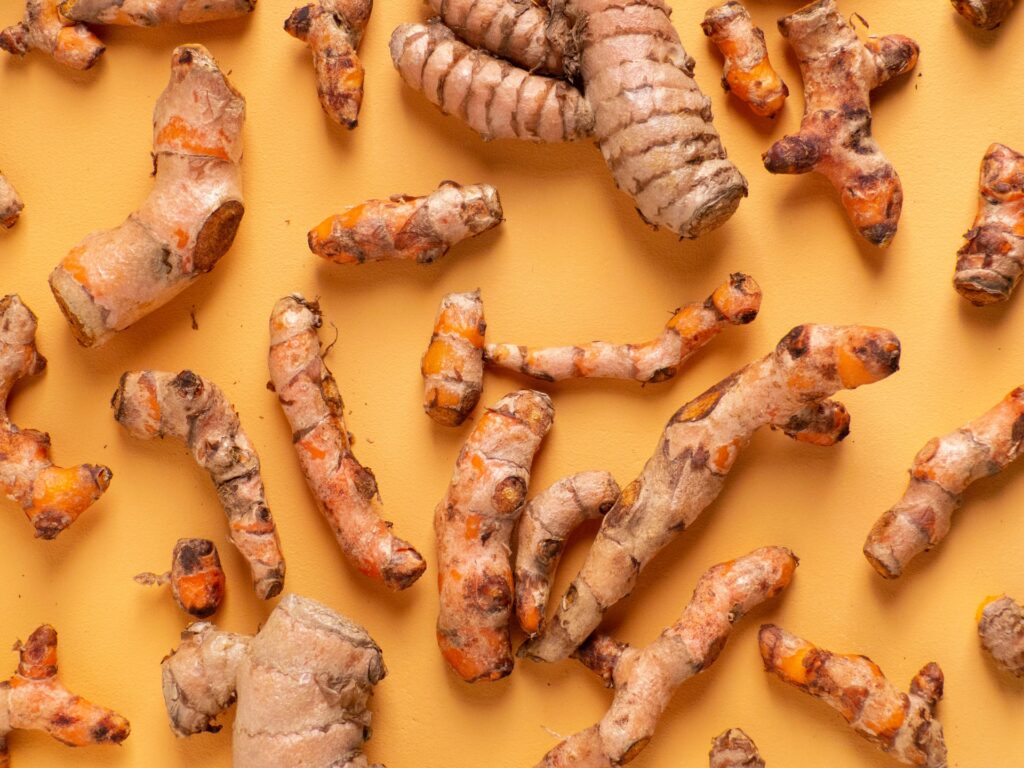
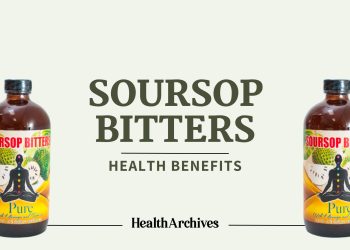
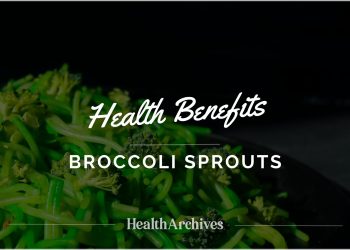
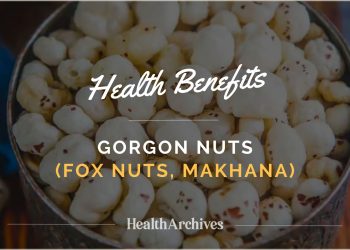





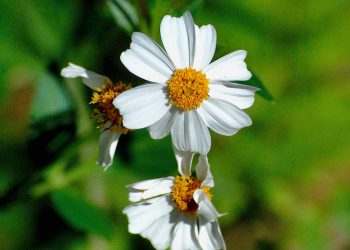


Very well ????